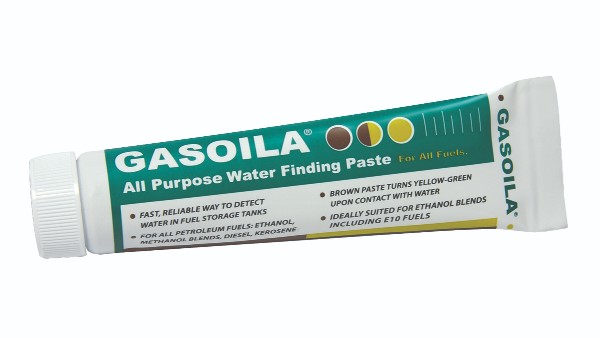Video Demonstration: How is water-finding paste used?
Mar 3rd 2019
A dreaded event for anyone who owns a gas station is to have on any given day a number of complains from customers stating your gasoline has damaged their cars, the result of water in your Underground Storage Tanks (UST) pumped along with the gas. This is certainly something you do not want to be involved with, but what steps can you do to keep it from happen? How do yo know if water is getting into the UST?
Waiting until you get bad gas claims is a very expensive way to find out, and it is in your interest to find out as early as possible in order to address the root cause as cost effectively as possible. Sticking is a simple and inexpensive way to detect early on if your UST is collecting water.
Sticking is a manual process that consists of dipping a gauge stick into the UST via a monitor well to measure the volume of the fuel in storage. You can easily incorporate the use of water-finding paste (we recommend Gasoila Water Finding Paste) to find out early on if you are getting water and how much.
Before inserting the gauge stick, apply the water-finding paste to the bottom 3 inches of the stick to check for water once a month. Because water is heavier than fuel, it will collect at the bottom of the tank, so it is very important that the stick reaches the bottom when checking for water. The following video illustrates the process of finding water in fuel.
Have you ever had water into your UST?... Please share with us your experience below:

